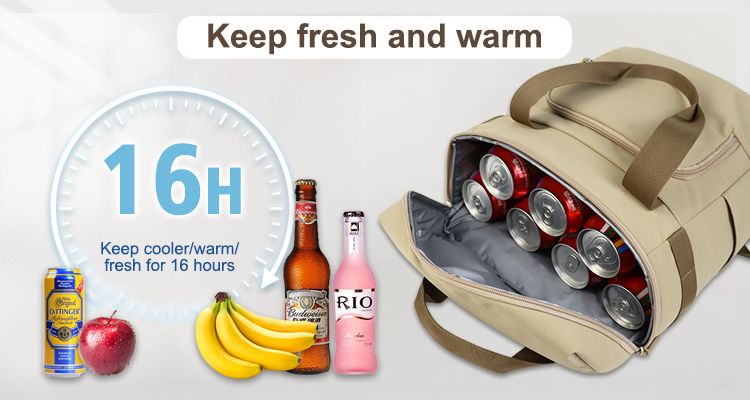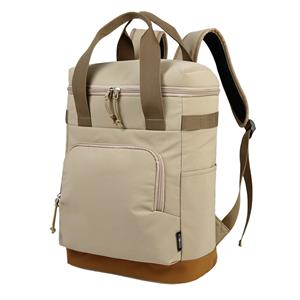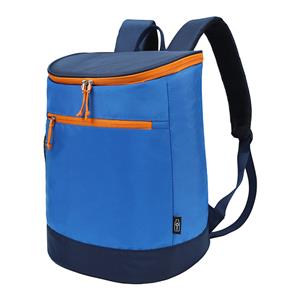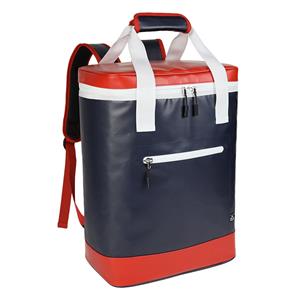- Corporate News
- Industry News
- Blog
- Product news
Selecting the Perfect Cooler Backpack for Your Needs
With the wide variety of cooler backpacks available in the market, selecting the right one can seem daunting. However, by considering a few key factors, you can find a cooler backpack that perfectly matches your requirements.

I. Identifying Your Primary Use
The first step is to determine how you will primarily use the cooler backpack. If you're an outdoor adventurer planning extended camping trips or multi - day hiking expeditions, you'll need a cooler backpack with high - capacity insulation and durable construction. Look for models with capacities of 30 liters or more and reinforced stitching and materials that can withstand rough handling.
For daily commuting or short outings like lunch breaks at work or quick picnics in the park, a smaller cooler backpack with a capacity of around 15 - 20 liters should suffice. These are lighter and more manageable for everyday carry. They should also feature comfortable shoulder straps for extended wear during commutes.
If your focus is on sports and fitness activities, consider a cooler backpack that is lightweight and has easy - access compartments. Quick - release buckles or magnetic closures can make it simpler to grab a drink or snack during brief breaks in physical activities. Additionally, water - resistant materials are beneficial for outdoor sports where exposure to elements is possible.
II. Assessing Insulation Efficiency
The insulation efficiency of a cooler backpack is crucial for maintaining the desired temperature. High - quality insulation materials like vacuum - insulated panels or thick foam layers are indicators of better performance. Look for backpacks that specify their temperature - holding capabilities. Some models can keep contents cold for up to 24 hours or more, which is ideal for extended use.
The type of closure system also affects insulation efficiency. Cooler backpacks with secure, airtight seals around the zippers and openings prevent cold air from escaping and warm air from entering. Magnetic closures or Velcro seals that press firmly against the backpack's body can enhance this insulation effect.
III. Evaluating Construction Quality
The construction quality determines the backpack's durability and longevity. Check the stitching on seams; tight and even stitches indicate quality workmanship and reduce the risk of the backpack coming apart with use. The zippers should operate smoothly without snagging, and the handles or attachment points for shoulder straps should be robust.
The material of the backpack is another aspect of construction quality. High - denier fabrics are more resistant to tears and abrasions. If you plan to use the backpack in wet conditions, ensure that the material is not only water - resistant but also quick - drying to prevent mold growth.
IV. Considering Additional Features
Modern cooler backpacks come with a variety of additional features that can enhance their utility. Some have multiple compartments, allowing you to separate frozen items from those that don't require freezing, or to keep your personal belongings organized and away from food. External pockets are useful for storing items that need to be accessed quickly, such as keys, phones, or maps.
Adjustable shoulder straps and a padded waist belt are features that improve comfort during extended use. These allow you to customize the fit of the backpack to your body, reducing strain and fatigue. Reflective elements on the backpack can increase visibility in low - light conditions, which is beneficial for commuters or outdoor users during dawn or dusk.





